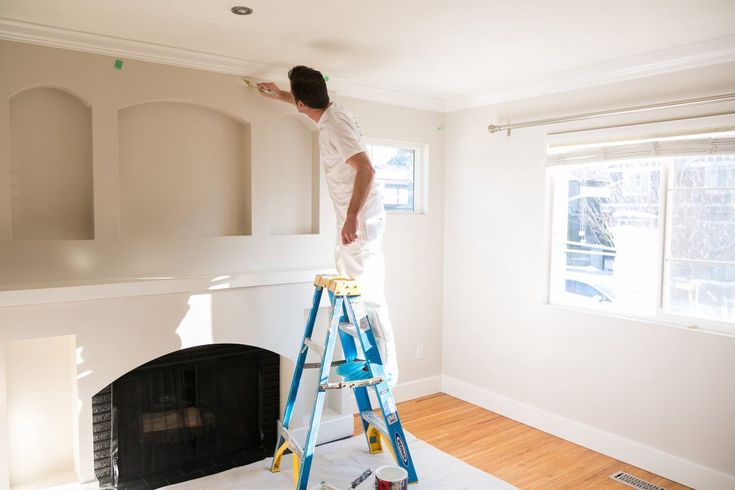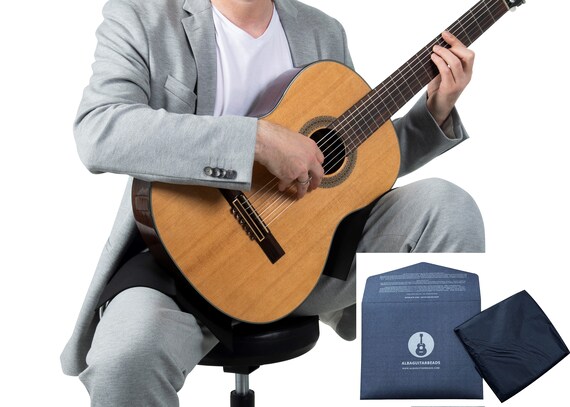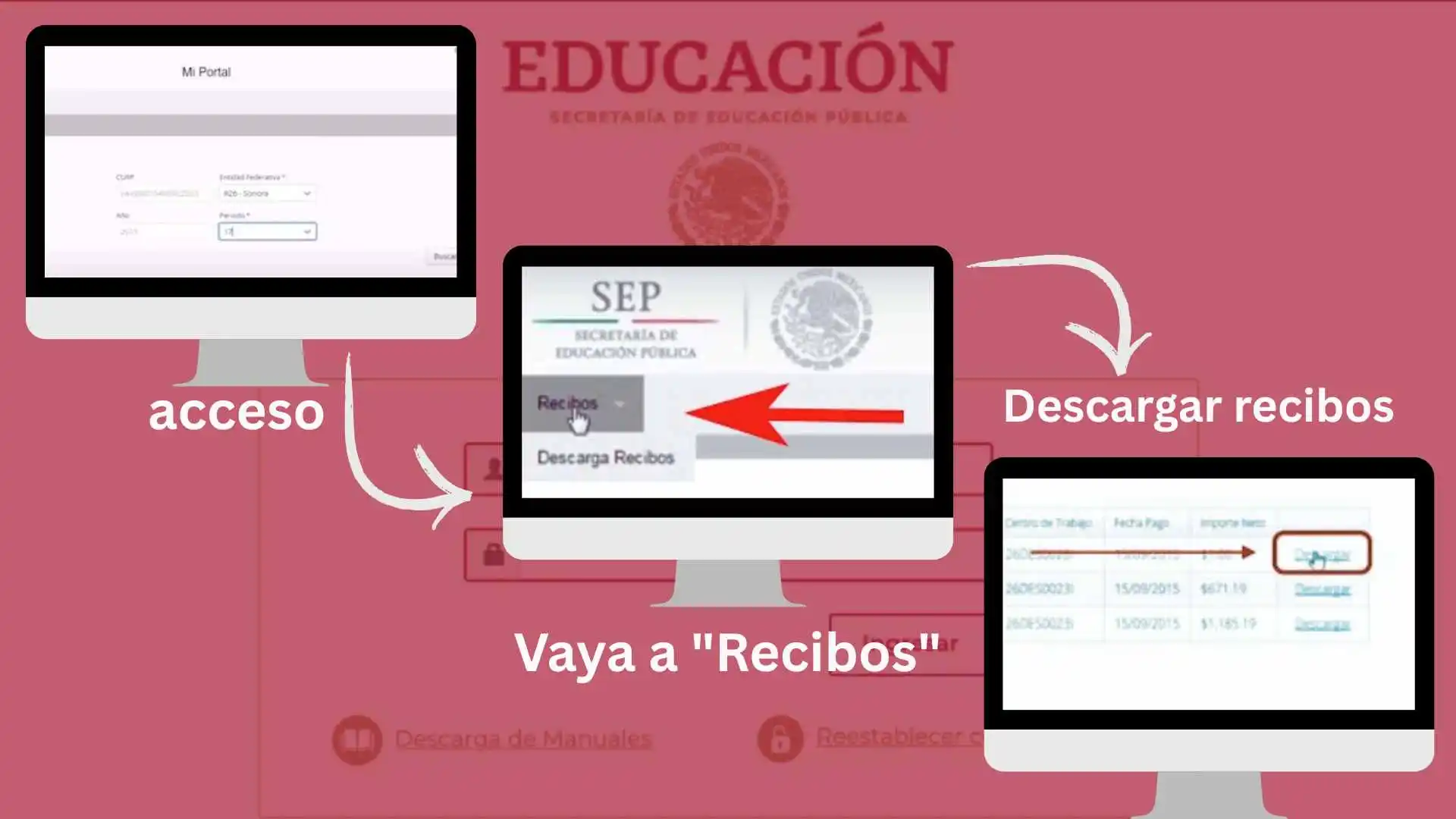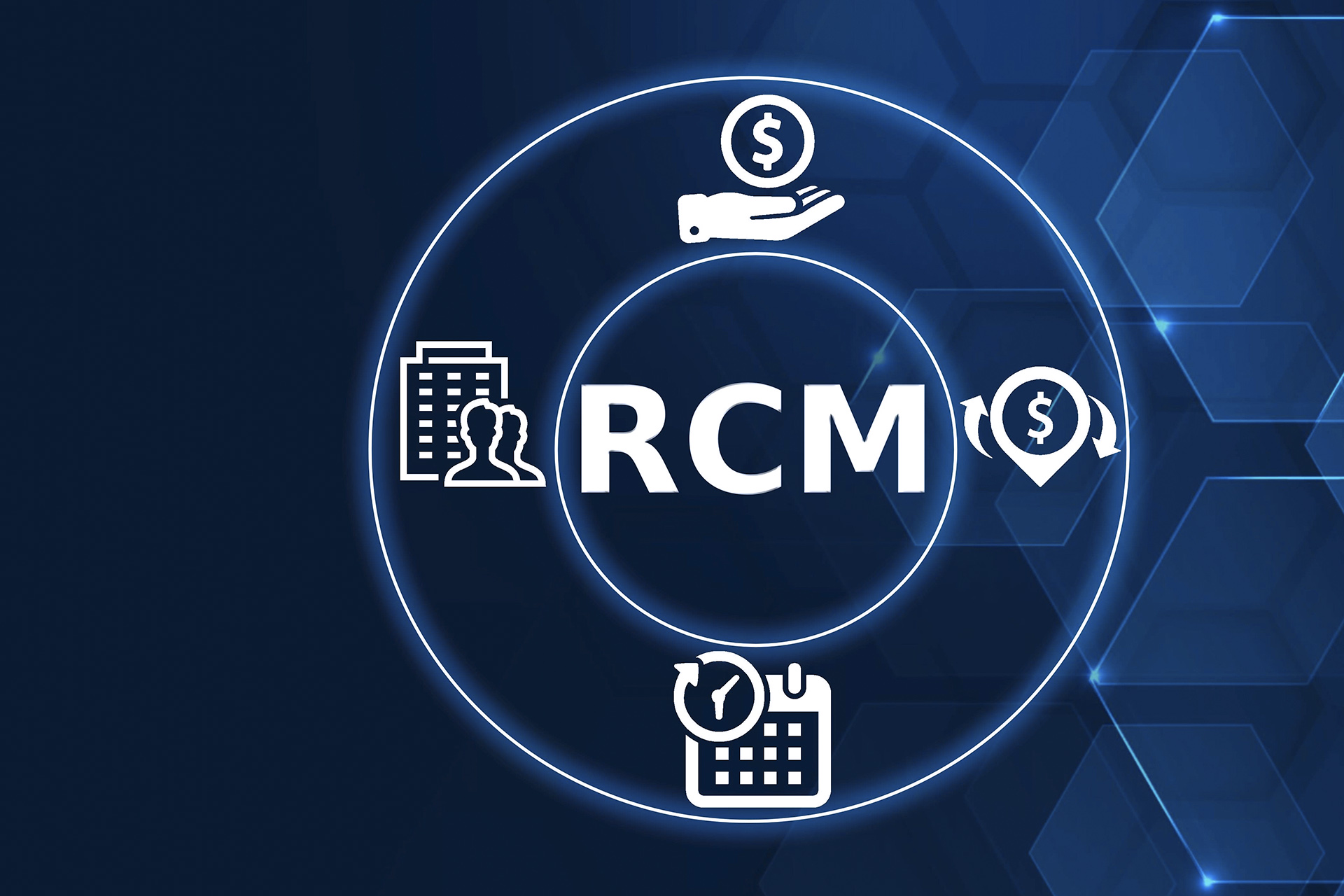Morrison students help University of Michigan researchers with NASA solar disturbance study
Jun. 28—MORRISON — High school students across the U.S., including 10 from Morrison High School, have been part of a project that has detected radio waves associated with solar disturbances using $500 antenna kits, contributing real scientific data to NASA.
The data helps scientists understand these disturbances and could help create early warnings to protect satellites and power grids on Earth, as well as astronauts and their equipment from dangerous solar storms.
Morrison High School got involved in the program in October 2023, when 10 MHS students from now-retired teacher Gregg Dolan's physics class helped University of Michigan research professor and MHS graduate Ward "Chip" Manchester assemble and install an antenna on the school's roof. Those students were Zayden Boonstra, Blake Adams, Caden Bielema, Lisa Hardesty, Cameron McDonnell, Madison Banks, Alyvia Behrens, Cooper Bush, Chase Newman and Gigi Connelly.
"The students thoroughly enjoyed helping set up the antenna and learning what's going on and figuring stuff out in space, because they just don't get a lot of it in school," said Dolan, who for the last 18 years of his career would devote the third quarter of the physics class to astronomy.
"I also gave a presentation about the mission, coronal mass ejections, solar eruptions and how they propagate through space, and how the radio emission occurs," Manchester said. "One student who had gone to Morrison was a freshman in the College of Engineering at Michigan, and was also there helping out."
The antenna they put up is part of the SunRISE Ground Radio Lab, a science program inviting people to use a multifrequency radio telescope to listen to radio signals from space.
The SunRISE GRL is a collaborative effort between UM and NASA's Sun Radio Interferometer Space Experiment mission.
UM associate research scientist and SunRISE GRL lead researcher Mojtaba Akhavan-Tafti said SunRISE is a group of six small satellites that will work together to study the sun's low-frequency radio emissions. It will help scientists better understand how solar storms form.
Akhavan-Tafti said the SunRISE mission began in 2018, when NASA selected a collaborative proposal from UM and NASA's Jet Propulsion Laboratory to move forward with development. By 2020, the college had launched a multidisciplinary design program, bringing together undergraduate and graduate students to design, build and test ground-based antenna arrays in support of the SunRISE satellite mission.
"After that program successfully launched, NASA came back to us and said, 'Hey, given the success of the program, do you think you could get high school students involved in the project?'" Akhavan-Tafti said. "We accepted the challenge."
The SunRISE GRL now works with 18 high schools nationwide, building antennas that detect radio waves from solar phenomena. The dual dipole antennas are designed to detect a specific range of low radio frequencies — between 8 and 24 megahertz — that are linked to solar events such as coronal mass ejections, which emit radio waves as they form and travel through space.
"Instead of making the antennas that were costing us around $25,000 a unit, we took it to our team, and we redesigned the antenna to be only $500," Akhavan-Tafti said. "It's a different type of antenna, different type of frequency; however, it observes the same phenomena in space."
That data helps in understanding space weather and its effects on technology and human life, providing early warnings of CMEs that can affect Earth.
"We can look at these solar radio bursts to tell us many days in advance that there is a storm potentially coming so that you can prepare for those types of big solar events, and so that your assets and astronauts are operating in safe environments," Akhavan-Tafti said.
Although scientists still are figuring out exactly when during a CME's journey these radio signals are produced, Akhavan-Tafti said the waves themselves travel at the speed of light — reaching Earth in just minutes or hours, far faster than the CMEs, which can take days to arrive.
According to the National Weather Service's Space Weather Prediction Center, a CME is a massive burst of solar plasma and magnetic field released from the sun's outer atmosphere, or corona. These eruptions can trigger geomagnetic storms that may disrupt satellites, power grids and communications on Earth.
Akhavan-Tafti said the latest results from the SunRISE GLR program focus on validating the new instruments by confirming they can detect patterns seen in past studies.
"When you come up with a new instrument, you want to first make sure that it replicates previous data," Akhavan-Tafti said. "Not every surprise is a good surprise."
A study, which Akhavan-Tafti said was released Wednesday, June 25, links solar radio bursts — specifically Type II radio bursts — to CMEs, as previous high-resolution space- and ground-based observations have done.
What sets SunRISE apart is its use of interferometry, a method where signals from multiple antennas with unknown exact positions are combined to pinpoint the source of radio emissions. Akhavan-Tafti said this is the first time such a technique has been applied to this kind of solar observation.
"One of the open science questions, after all this time, is: Exactly where are these signals coming from?" Akhavan-Tafti said.
Together, the students and researchers are seeking to answer that and other research questions, such as: What are the mechanisms behind solar flares and CMEs? How do they manifest in radio emissions? What are the mechanisms behind various types of radio bursts observed on the sun, and how do they relate to space weather phenomena?
Akhavan-Tafti said the SunRISE GRL aims to inspire the next generation of science, technology, engineering, arts and math students through hands-on citizen-science activities.
"It would be great if they're exposed to STEAM and those types of activities to get a sense of what it's like to be a scientist or an engineer or an entrepreneur in the sciences," Akhavan-Tafti said. "That requires students to be trained to understand that these careers exist and to take courses that are going to prepare them for those types of future careers, and that's what NASA wanted us to do."
One of the key scientific advantages of the SunRISE mission is its ability to detect very low-frequency radio waves — right down to what is called the plasma cutoff frequencies, which Manchester said are the "lowest frequencies available to the antenna." On Earth, the ionosphere acts as a filter, blocking radio waves below a certain frequency.
"The ionosphere can only allow radio waves of certain frequencies to pass through. High frequencies go through OK, but if a frequency gets too low, the ionosphere absorbs it," Manchester said. "It almost becomes what's called the plasma frequency ... and it will just absorb it, almost like a DC current."
Manchester said this makes the space-based SunRISE array especially powerful.
"We have this cutoff frequency that we have to deal with, where we can't see radio waves below that frequency on Earth's surface because the ionosphere absorbs it," Manchester said. "The space mission doesn't have that issue ... so it can go to much, much lower frequencies."
He said that access to lower frequencies in space is what makes the mission so compelling.
"That allows us to track features much further out into the solar wind. The further out they go, the lower the natural frequency," Manchester said. "On Earth, those get cut off pretty quickly. But in space, we're gonna be able to track them much, much further out."
For Akhavan-Tafti, the impact of the program goes beyond research.
"These types of programs are allowing us to use federal funding to educate the next generation of entrepreneurs, policymakers, scientists and engineers of our nation," Akhavan-Tafti said.
He hopes more schools will take advantage of the opportunity.
"This is an open call — if any other high schools in the area think that they could benefit from this, everything is free of charge to the schools," Akhavan-Tafti said. "If they're interested in getting involved, they're welcome to contact us."
For more information or to contact Akhavan-Tafti, visit the project's website at sunrise.umich.edu.














